A little over ten months ago, I was diagnosed as Type 2 diabetic. For a while, I didn’t say anything about it as I was trying to get a handle on things: what it was, how to handle it, what it meant to my lifestyle. The last couple months I’ve started to open up and boy how the questions have come flooding in!
A bit of a simplified background for those who, like me pre-diagnosis, don’t know much about diabetes. Insulin is produced in your pancreas and is the hormone that converts glucose in your blood into energy in your cells. Insulin also stores excess glucose as fat. Type 1 diabetes is when your body doesn’t produce insulin. Type 2 is when your body produces plenty of insulin but your cells are increasingly resistant to it. The bodies of those with Type 2 will just keep pushing out more and more insulin to try to force it into cells to make energy (at the same time, the insulin is still doing its job of storing fat very well). Some Type 2’s eventually “burn out” the insulin-making function in their pancreas.
Type 1’s must always take insulin; Type 2’s first take medicine to make them more sensitive to the insulin they have, are sometimes put on medicines to force their pancreas to produce more insulin (these meds are somewhat controversial) and may have to take insulin if they can’t make enough.
Uncontrolled diabetes brings a host of long-term complications: loss of sight, poor circulation that can end up in amputations (particularly of toes and feet), kidney and liver damage (dialysis is not uncommon), slow healing from any injury or infection and more.
Poorly controlled diabetes can have other very immediate health threats: dangerously high and low blood sugars that can cause death if they are not promptly treated in an emergency room.
So it’s easy to see why there are questions about the feasibility of diabetics cruising.
Okay, I’m not a doctor and my body isn’t your body. But I have learned a lot in the past 10 months and have thought a lot about how diabetes influences cruising.
Oh, before we begin, I guess the first question is how I’m doing. I can only say really, really well. I have gone all-in on getting my diabetes in control and feel better than I have in years. For those who want to know numbers, here they are. My 90-day average blood glucose is 93 (A1C 4.8), which is in the very good range. Non-diabetic would be 83; under 100 is good; damage to your body occurs any time it’s over 120 (not just an average over 120). My cholesterol numbers are fantastic and I’m off the statin I was taking. My blood pressure has dropped dramatically; I used to take 4 pills a day for it and now I take 1/2 of one and am about ready to come off that one. I’ve lost 60 pounds with no effort other than keeping my blood sugar in line. I do take metformin, a very old and safe medicine that makes my body more sensitive to insulin. Being diagnosed and then taking control of this disease has changed my life totally . . . for the better.
My numbers are such that if someone just saw my test results, they’d say I was non-diabetic. They’d be wrong. I’m a really well-controlled diabetic. I’ll never be non-diabetic.
So with that in mind, here are my thoughts.
SYMPTOMS
Anything you read, the most notable symptoms of diabetes are drinking more than normal and peeing more than normal. But what’s normal when you live in the tropics without air conditioning? Everybody here drinks a lot! Yes, Dave did sort of joke about my peeing “all the time” but neither of us made a connection . . . I simply thought it was more a function of how much I drank in the heat.
I’d had a number of other symptoms, though, that I hadn’t connected to possible diabetes. But now that I look back — and particularly knowing how they’ve all gone away since I’ve gotten in control — these were all symptoms. Get a quick blood test if any of these are plaguing you:
- Muscle cramps, first at night and then increasingly in the day. I had leg pain and back pain from muscles in spasm. Chiropractor didn’t provide relief nor did muscle relaxants or pain killers. Turns out, all that peeing is flushing electrolytes out of your body. Combine that with living in a very hot tropical climate . . . in the aftermath of a major hurricane . . . and I had a serious problem.
- Shoulders too painful to lie on. I’m a side sleeper and yet my shoulders hurt so much when I’d lie like I had for years. Diabetics get what’s called “frozen shoulder” — limited range of motion.
- Floppy foot. My left foot started flopping when I walked. I chalked it up to the problems I was having with muscle cramps and back spasms . . . thought it was sciatica. Nope, that can be a symptom of diabetes.
- Numbness in toes and fingers. Some people get it accompanied by pain.
- Mental fuzziness. I didn’t really notice this until after I’d gotten the diabetes under control and noticed how much sharper I felt. It had come on slowly so I didn’t recognize it.
- General tiredness and loss of stamina. Again, this had come on slowly and I attributed it to the infamous “getting older.” Ten times as much energy now!
I was in denial that there was anything seriously wrong with me, but agreed to have an annual physical when Dave went for his.
Cruisers often tend to skip over health care that’s not critical. It may not be convenient to get to a doctor or schedule tests. We don’t want to think that anything could be wrong and change this wonderful way of life. But early diagnosis is critical, no matter what the diagnosis may be. Listen if friends and family say you need to get symptoms checked out.
GETTING IN GOOD CONTROL
The key to being able to cruise with diabetes is being in good control. It’s important for everyone to be able to avoid complications but if you intend to go anywhere without an emergency room immediately available, excellent control is crucial. You simply have to stay out of the danger zones of “hypers” (dangerously high blood sugar) and “hypos” (going too low). Both can kill.
My choice is to adopt a “low carb, high fat” (LCHF) way of eating. It’s more restrictive than keto and considerably more carb-restricted than the American Diabetes Association guidelines. I typically eat about 15g of slow-acting carbs per day. It takes discipline to make the initial switch — it’s a big change from the high carb way you’re probably used to eating. A whole new way of thinking. But it does work, for both Type 1 and Type 2. With minimal carbs, blood sugars simply don’t swing up and down and there is far less chance of a dangerous high or low. Eating this way, I’d feel comfortable crossing an ocean with no ER or medevac in sight.
It’s way too involved for me to explain here, but these are the best resources I have for LCHF. First a video and then links to a book, fantastic Facebook group that gave me more actionable information that truly worked than anywhere else, and finally to the diabetes coach that I used when I first started figuring this out.
My doctor gave me no information when I was diagnosed. The nurse called and in 30 seconds, told me I had diabetes and she was calling in a prescription. So I started Googling. Shortly after finding the American Diabetes Association information, I came across this Tedx talk. It totally changed my outlook. Gave me hope. Told me that I could control this disease. It didn’t have to control me.
More resources:
- Dr. Bernstein’s Diabetes Solution (book on Amazon). Great overview and explanation of what’s happening in your body and why this works. He’s Type 1 and I found I had to be more restrictive than his recommendations.
- Type 2 Diabetes Straight Talk (Facebook group; you have to request membership.) For Type 2 diabetics. Tons of material here. Go through the New Members Class that you’ll be directed to upon acceptance. The amount of info can be overwhelming; take it slowly and re-read several times. I keep finding new tidbits.
- Type1Grit (Facebook group; must request membership) for Type 1 diabetics. I’m not a member since I’m T2, but this group follows the same very low carb approach to maintaining excellent control and normal blood sugars without the highs and lows. Hear nothing but raves about their information.
- diaVerge Diabetes Management & Lisa LaNasa (diabetes coach and instructor). Great at practical info, tips and hand-holding as you are making the transition. I used her coaching for two months. She now offers online courses as well.
One note on switching to an LCHF way of eating: your blood pressure is likely to go down dramatically. Get a blood pressure cuff (Amazon) so you can check it if you feel lightheaded when you stand up. As it goes down, talk to your doctor about decreasing dosages of any blood pressure meds you take. (Yes, I did change doctors from that one who was so unhelpful when I got the diagnosis.)
MEDS AND BLOOD GLUCOSE MONITORING
If you’re in a hot climate, I’m not sure it’s feasible for diabetics to cruise without refrigeration. My medicine doesn’t have to be refrigerated (but insulin would have to be for those who are insulin-dependent). But my blood test strips can’t be stored over 86º F. for the long term. It’s over that every day here in the Florida Keys for about six months of the year. Now, they also can’t be stored under 40º F. and the company says “do not refrigerate.” When I called to ask them, they said that for my purposes, refrigeration was best and just keep them in the warmest area of the refrigerator.
It’s no different getting medicines for diabetes than other meds when you are cruising. Read my article about that here.
For me, paying for my own glucose monitor and test strips is cheaper than the co-pay with my insurance. Meters aren’t terribly expensive; where they get you is on strips. And if you’re going to stay in good control, you’re going to test 6 to 10 times a day.
The number one priority in choosing a meter is its accuracy, but second is the cost of strips, followed by ease of use and portability. I’m now on my third meter since being diagnosed. The first was simple — the Contour Next EZ from Amazon — and I had to write down all my readings on paper. Trends were hard to spot and there was no long-term average. Next, I got the Contour Next One with Bluetooth — all my readings were stored on my phone, I could see trends and get averages and it was a lot smaller to carry around. I bought it on Amazon and the strips too. With both of those, I used a separate food log app.
Two months ago, I switched to Dario. It’s every bit as accurate, has a strip reader that plugs into the headphone jack of my phone (no need for separate batteries or synching data) and is tiny enough to carry in my pocket. It’s water resistant. Best part is that by paying a year in advance, I got the meter and unlimited strips for $20 a month. For someone who tests a lot, this is a huge savings. Dario is sold on Amazon, but I recommend getting it right from the company as they always have a bunch of package deals and their customer service is phenomenal (I do not earn on purchases from Dario):
Dario works with Apple and Android phones and they have a list of phones that are approved by the FDA. My phone was not on that list (it’s a Samsung Galaxy J7) and I was told that it was not supported and that if it did not work there was no refund since it was a medical device. I took a gamble; it worked initially but a recent Android upgrade made it very unreliable and I’m back to the Contour Next. However, if you’re using a supported phone, I’d highly recommend it.
The Dario app also lets you track food, exercise, weight and meds. This makes it easy to see cause-and-effect relationships.
If you are going to be cruising internationally, the big thing that you’ll have to work out is getting your strips. I would not count on buying them to fit your meter where you are. You may have to buy a local meter if you cannot get strips sent to you (and remember that most strips can’t be stored over 86º F., so watch out if they have to sit in a customs warehouse).
FOOD AND COOKING
Food, cooking and provisioning aren’t all that much different with diabetes than before. The big difference is that I eat no fruit, far fewer vegetables and more meat and seafood than before. More eggs. More cheese. No beer.
Canned meat and seafood often have starches or sugars added. Tuna is about the only one that doesn’t. Dehydrated meats can work as a backup, but I’m not fond of them for everyday, especially as I can’t mix them into casseroles and skillet dishes, which all have far too many carbs for me.
So that means that I eat simple meats, fish and seafood. And that means refrigeration or a freezer if I’m not close to grocery stores or talented with a fishing line. We got an Engel refrigerator/freezer (in addition to our Isotherm) to considerably expand our meat storage ability.
- Engel Portable Refrigerator/Freezer – 40 qt. marine version (Amazon)
And I have totally changed how I cook. I used to make a lot of skillet meals, with protein, starch and vegetable all in one dish. Most of those are off limits now. Instead, I’ve turned to grilling. Chicken breast, pork chops, beef kabobs, shrimp skewers are all great choices for me and delicious. Most veggies do well on the grill too. I’ve discovered I actually prefer cooking on the back deck where I can watch the sunset and socialize.
We’d never done much grilling in the past and frankly, I hated our grill. Marine grills aren’t cheap and I thought long and hard about getting a new one to go with the new way of eating when I didn’t know if I’d actually like grilling. It has been wonderful. I grill almost every night. Read more about it here, or just look at it on Amazon:
I am just starting to post some of my favorite LCHF recipes (boat-friendly, of course) here on The Boat Galley. Keep watching for more.
Oh, and that problem with electrolytes? I now put drops of a diabetic-friendly electrolyte mix in my water. It’s important to note that not all “sugar-free” mixes are diabetic-friendly. Some sugar substitutes have a profound impact on blood sugar; this one has no sugar or sugar substitutes. Read my post about Hi-Lyte electrolyte replacement or see it on Amazon.
BOTTOM LINE
It’s possible to cruise with diabetes. But you have to be in great control to head away from medical care. Find a doctor who supports what you are doing (I know, easier said than done) and frankly discuss your plans and talk about the risks. Just like everything else with deciding to go cruising, it’s a matter of choosing your priorities.
Living an adventurous life is way more important to me than eating a piece of bread. I’ll do whatever it takes to stay in excellent control so that I don’t have complications.

Quickly find anchorages, services, bridges, and more with our topic-focused, easy-to-use waterproof guides. Covering the ICW, Bahamas, Florida, and Chesapeake.
Explore All Guides

Carolyn Shearlock has lived aboard full-time for 17 years, splitting her time between a Tayana 37 monohull and a Gemini 105 catamaran. She’s cruised over 14,000 miles, from Pacific Mexico and Central America to Florida and the Bahamas, gaining firsthand experience with the joys and challenges of life on the water.
Through The Boat Galley, Carolyn has helped thousands of people explore, prepare for, and enjoy life afloat. She shares her expertise as an instructor at Cruisers University, in leading boating publications, and through her bestselling book, The Boat Galley Cookbook. She is passionate about helping others embark on their liveaboard journey—making life on the water simpler, safer, and more enjoyable.



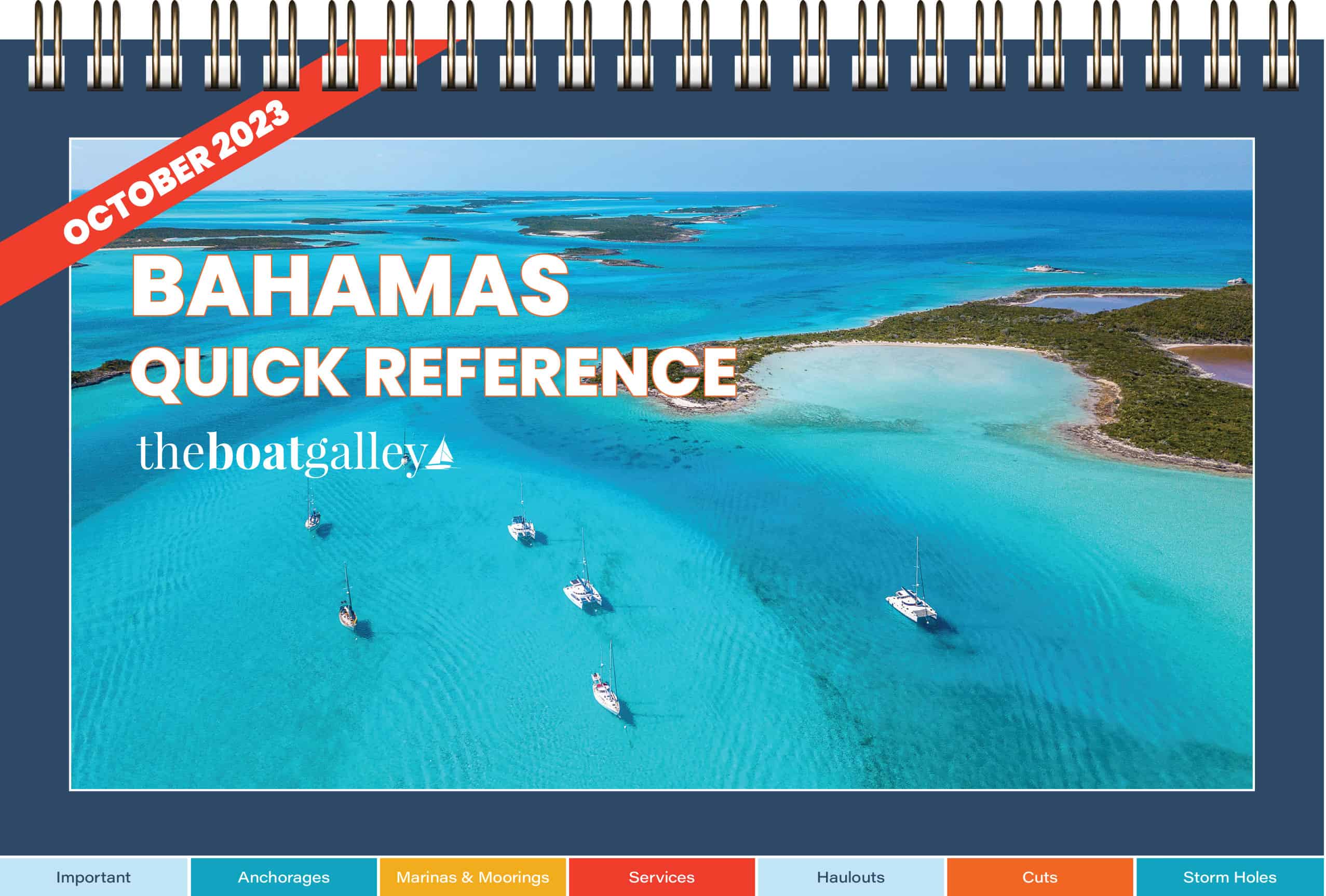
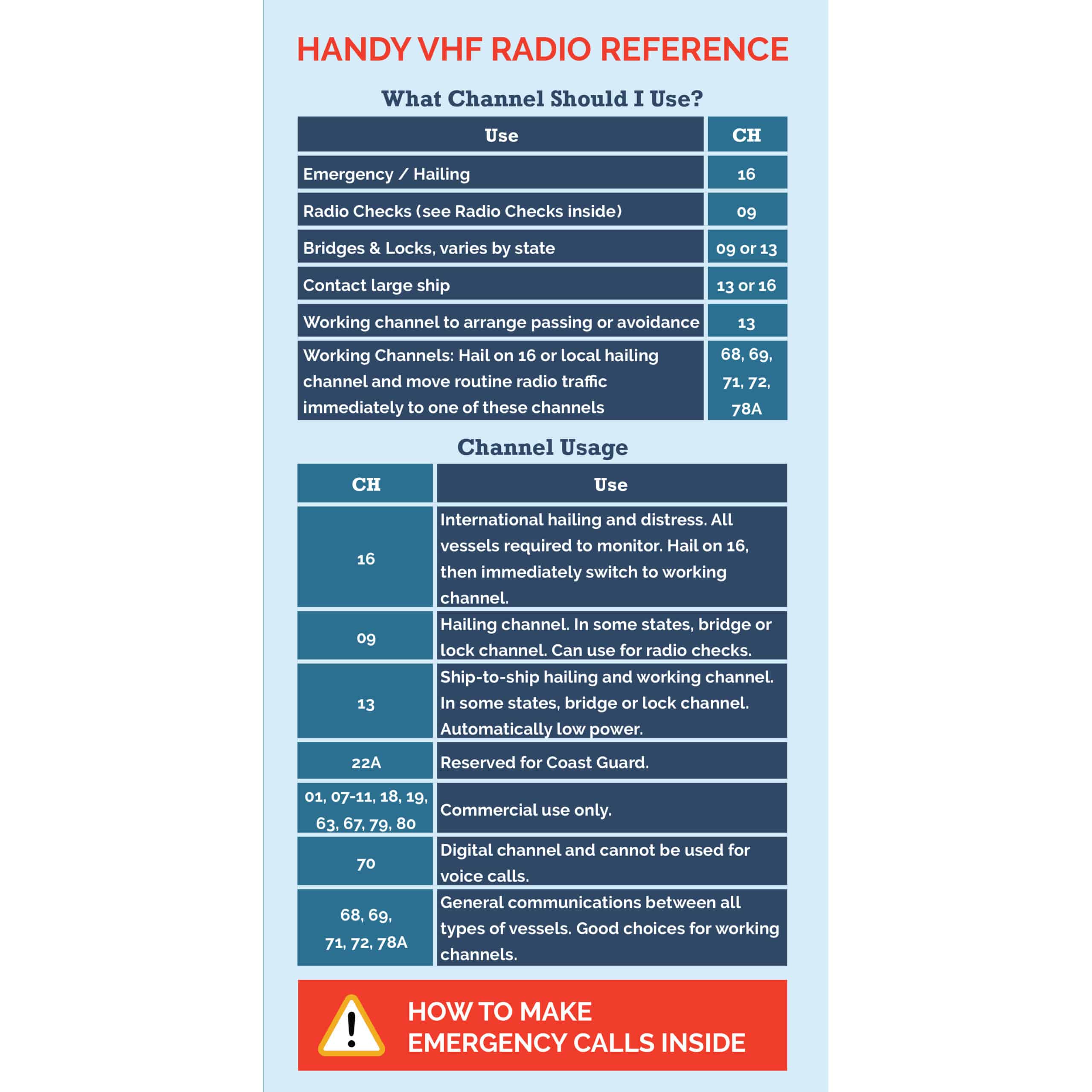



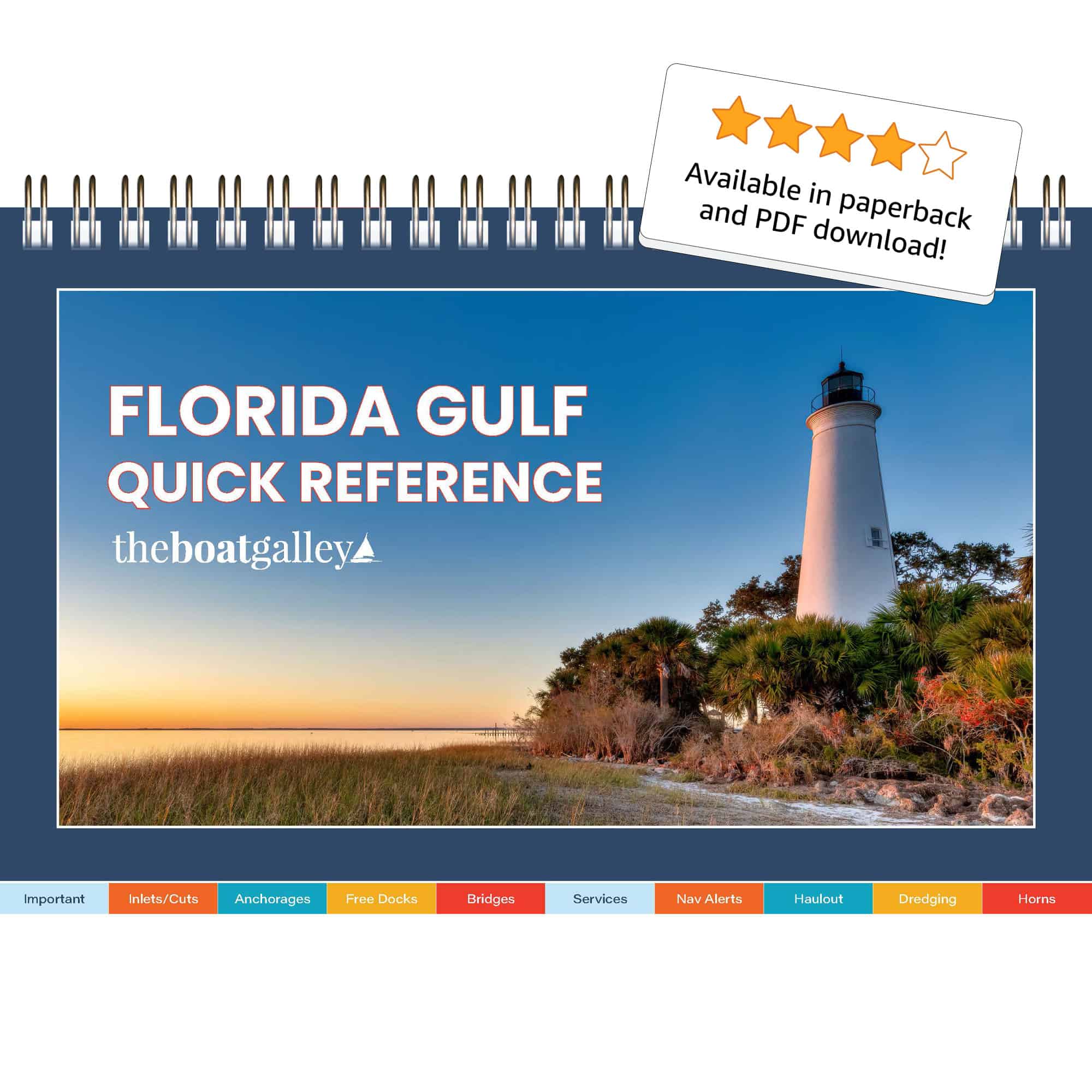
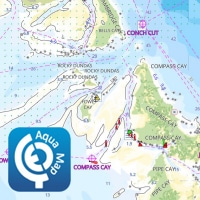
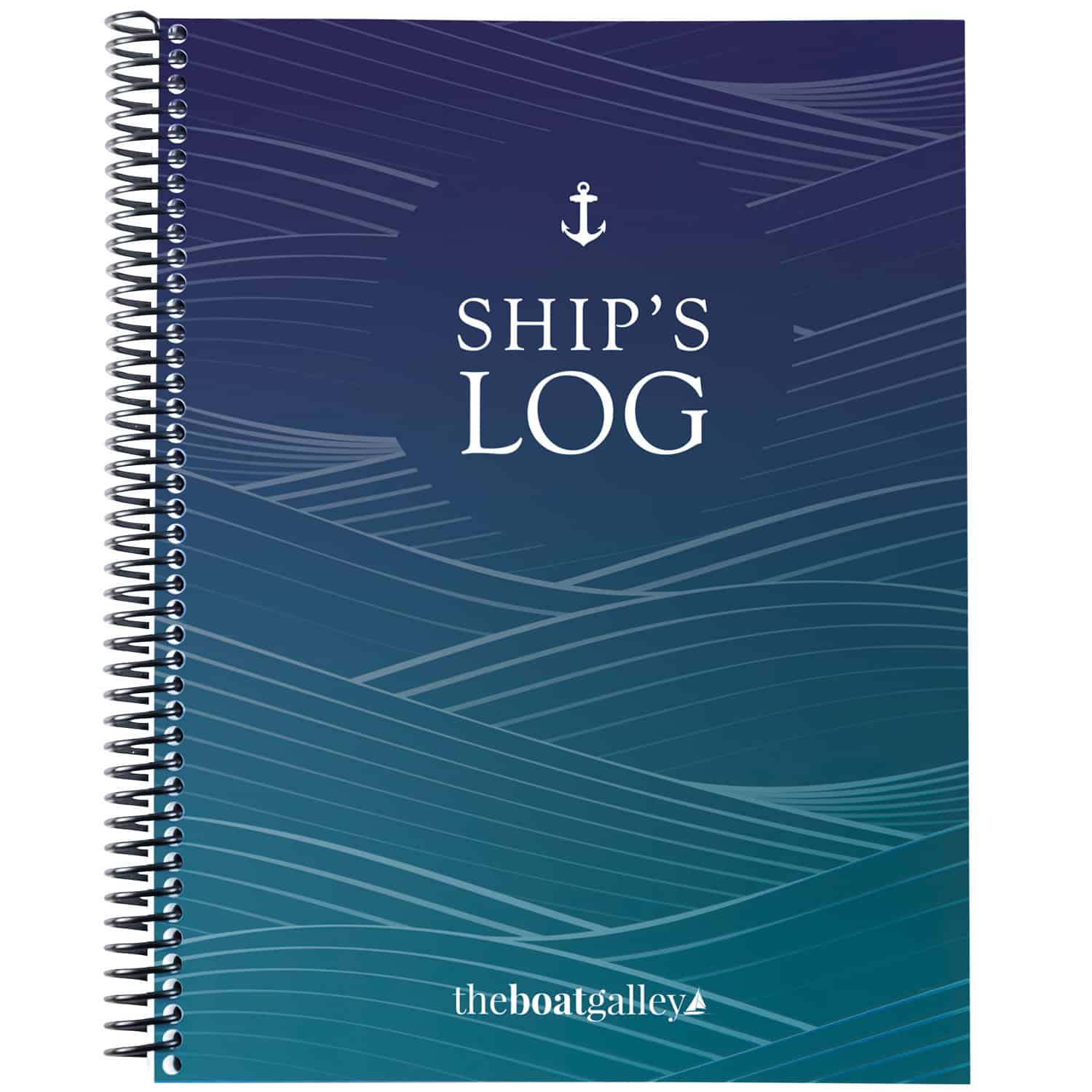
Steve Park says
Carolyn
I enjoy your blog and the wealth of information you share. My wife and I cruise on our Kadey Krogen 39 about half the year. I am also an obesity medicine physician, and easily 90% of my patients are identical to you, diabetic, pre diabetic, all insulin resistant. You are doing exactly what you should be doing and it makes me smile seeing your success. You are also following the right people, I saw your link to Sarah Hallberg’s TED talk. I have met her at meetings and she is amazing. You have probably already looked at these, but Peter Attia, Robert Lustig and Nina Teicholtz all have good TED talks as well. Congratulations on curing yourself!
Steve Park
Ely, MN
“Burntside” KK39-22
Carolyn Shearlock says
Thank you. Wish I’d learned all this 15 or 20 years ago, when I was told I was “pre-diabetic.”
Dave Skolnick (S/V Auspicious) says
If I read correctly your condition (and that of many other people) means cutting way back on veg. Do you take a multi-vitamin of some kind? We’ve been told for years that for general health we should eat a balanced diet so if you cut something out how do you make it up?
Mike McIntosh says
I have a friend who has had diabetes for years. He just started using this patch on his arm that transmit your glucose levels to a small device. He syas he he loves it. He said he wished he had it 35 years ago. https://diatribe.org/abbott-freestyle-libre-transforming-glucose-monitoring-through-utter-simplicity-fingersticks
It says one patch every 14 days but he says sometimes he does not get long out of one but he still loves it. He has to put the devise close to the patch and push a button to get a reading and it works great. No more multiple daily finger pokes. He puts a patch on his arm and it is there for many days.
FatCatAnna says
Hi Carolyn – welcome to the world of diabetes! I’ve only had it for the past 50 years (I have the autoimmune version of it called Type 1 diabetes … that can affect ANYONE from young to old). You will find lots of great groups to join up to in social media … and if you need any recommendations … come to me!!! I’m an advocate / blogger in the #DOC aka Diabetic Online Community … just search for my name of FatCatAnna … and you’ll know you’ve found the right gal to help introduce you to others who will get you! Psst, I’m also a sailor who hopes to one day live your dream if I can ever quit work … I currently sail on a Catalina 30 in Lake Ontario … and charter when I feel rich in warmer climates. May you continue success in your blood sugar control … personally it’s the healthiest way to eat being a diabetic … but I’m abit biased having known no other life having had it for so long.
Susan Brockert says
Are you under the care of a doctor who does regular lab work? How do you manage this while cruising? How do you receive your diabetes monitoring supplies? If not near your doctor, where do you get your lab work done? Thanks.
Carolyn Shearlock says
Depends exactly where you are but in the US your regular doctor can write lab order and you go to lab wherever you are. When we were in Mexico, you could just walk into lab and ask for tests yourself — it’s that way in many countries. And if you have to get an order from a local doctor, you go to a local doctor to get the order.
I discuss getting the supplies in the post. If outside your home country, you’ll have to get them locally as it’s just a pain to try to get any medical supplies through customs. But getting diabetic supplies is no worse than needing any other prescription.
Cap'n Jan says
So glad you found some of the best resources, and do not rely on the ADA’s out of date information for people who want to control diabetes with diet. I am not a diagnosed diabetic, because I control my blood sugar with diet. If I allows it to ‘float’ and eat a normal sensible ‘balanced’ diet, my blood sugar quickly goes out of control. That is a disclaimer.
I have been reading practically everything printed (and online, since online became a ‘thing’) since 1995 or so, starting with the Atkins Diet – a friend asked me to read it as he knows I have an interest in nutrition and biochemistry. I was NOT a believer, but within a couple of weeks, my whole focus shifted away from ‘low fat’ to a more Atkins type of diet and not only was I able to take off some stubborn fat, I did not feel any reduction in my muscle mass. (Disclaimer again: I am a weightlifter – or was a weightlifter. I am now 69 and while weights are good for the ‘elderly’, I can no longer pick up a bar loaded with 45 lb wheels.)
So, eating low carb on a boat is a challenge. We don’t live aboard (full time) YET, but for a couple of months a year I have been doing so for the past 13 years, and cooking for myself and my dogs (who I treat as the carnivores they are). You are right, it takes a lot of freezer space, and pantry space. I wrote a cookbook that has a bunch of low-carb/keto type recipes and I would be certainly willing to give you a copy, but it is MY cookbook, so I have pretty much ignored outright mistakes in amounts etc. You can write me if you like, or not (I am hellojan at austin dot rr dot com – and I am Cap’n Jan on the Gemini list – we bought our Gem in 2004 and she is still ours!)
Here are a couple of links you may not know about that I have found immensely helpful!
Linda’s low carb recipes – this is one of my favorite sites. As I know you are well aware, recipes are what you make of them, someone else’s tsp could be my Tbs.
http://www.genaw.com/lowcarb/index.html
And a real life safer is:
These ‘granulated’ eggs get the BEST rating, and we really like them. Honeyville has a bunch of ‘canned’ things that will work on a boat, this is the Ova Easy eggs:
https://shop.honeyville.com/ova-easy-whole-egg-crystals.html
diet.
Carolyn Shearlock says
YES! Thanks for the info and links — I’ll send you a note for the cookbook. And we love Ova-Easy eggs — you can get them on Amazon, too: https://amzn.to/2EEQ613
Carolyn Chancellor says
Glad to see your success with LCHF to control your diabetes! My husband was diagnosed as pre-diabetic almost 2 years ago. We are full time liveaboards but had no problem switching to LCHF as coastal cruisers (loopers, actually). We now eat a lot of fresh vegetables; not fewer vegetables, just a more limited variety, as you know.
We are planning our first Bahamas cruise for spring 2020, traveling from Bimini as far south as Long Island over a period of 3-4 months. I am struggling to learn what types of fresh, frozen and canned vegetables, also eggs, I will be able to find there. Also if prices will be reasonable. Which meats are not too expensive and readily available? I have good freezer space but would prefer not to take a lot of foods I can buy locally. I’ve looked at suggested provisioning lists (what to take from the states) for Bahamas cruises, but most emphasize foods we no longer eat (cereals, snack foods, juices, soft drinks, etc.). I’m hoping to benefit from your experience from recent travel there.
Thanks and always enjoy your newsletter! I recommend it for all our cruising friends.
Carolyn
Diane Moulden says
Hi Carolyn, finding this article was a godsend. I shall be slowly working through all the links. I wasn’t sure there were any other diabetic sailors out there!
My frustration is that we’re due to depart the UK in 3 months for long term cruising & Atlantic Crossing. However during basic health checkups, they diagnosed me with T2 – just 12 days ago! My HBA1C was 220 mg/dl yet I had no symptoms (well, maybe my memory isn’t as sharp as it once was & I pee a lot – all of which I put down to pre-menopause!). My doctor was great at getting me on Metformin quick & provided me with a meter, but as for diet & lifestyle they just sent me off to read their website which says do exercise & eat less. I live aboard, I’m reasonably active, uk size 12 -14 (us 10 ish), eat pretty well & (not too high carb usually), don’t drink much so I was at a loss what else I could cut out my diet! All the doctor could say was “well, it’s not always diet related”. Other issue is my husband just had his gallbladder removed to he can’t really eat high fat.
It’s just added extra to my Atlantic crossing provisioning stress, I was planning lots of comfort snacks for nightwatch…now I’m having to re-learn everything with very little time! I’d be forever grateful for all the diabetic friendly snacks & meals that you can post or any other lessons you have learned. Plus, does anyone know if it’s easy to buy Metformin in the Caribbean?
Carolyn Shearlock says
The number one thing to do is join the Facebook Group I mention in the article. They have tons of GREAT advice and I’m sure there are members with knowledge of the Caribbean. I honestly think that my doctor not telling me much was good — I got the info that really worked which is not what is normally taught in diabetes classes. And yes, diet is critical. Eating about 15g of carbs a day (which is TINY), plus the metformin, has really worked for me.
I have separate snacks for Dave and I since he LOVES the carb-y stuff. So for you, things like cheese cubes, olives and small quantities of nuts. Then get whatever works for your husband for him.